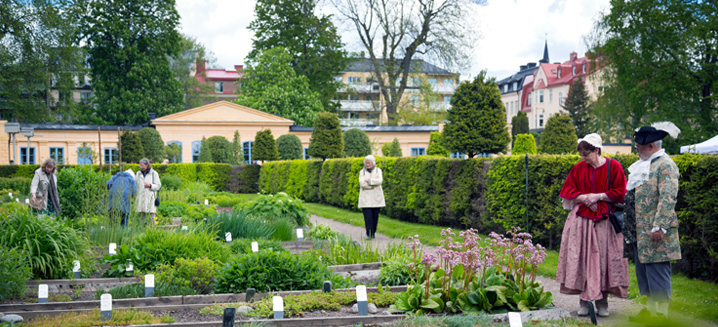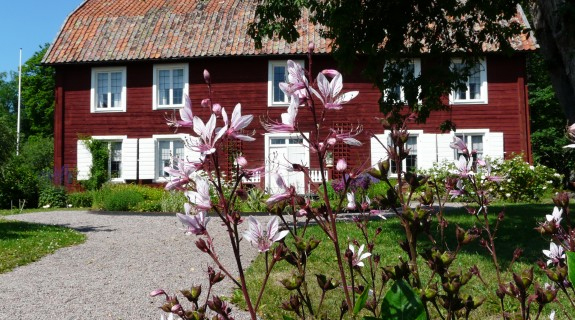
Bus 102 and 186.
It's a 1,7 km walk to Linnés Hammarby.
Danmarks-hammarby, Uppsala Ö, Uppsala, Sverige
Linnés Hammarby is situated 15 km southeast of Uppsala, and was the family’s rural retreat from the city’s noise and unhealthy environment. It was also a place where Linnaeus could grow and experiment with numerous plants for which there was no room in the academic garden at Svartbäcksgatan.
Linnaeus was able to live a more relaxed country life at Hammarby. It is said that sometimes he would only be wearing a nightshirt when his students from the city joined him for their morning excursions.
Illustrations of plants on the walls
Stylistically, Hammarby is one of the best-preserved farms from the 1700s. Built in 1764, the house is open for tours during the summer. Linnaeus had the walls in both the study and the bedroom covered with illustrations of plants instead of wallpaper, something that has inspired many of today’s designers.
Linnaeus’ plants live on
Some 40 Linnaean plants planted by Linnaeus, or their direct descendants, still survive today. It is the largest living Linnaean plant collection in the world, and makes Hammarby unique. The Siberian apple tree still stands in the courtyard, and Linnaeus’ garden is now a park full of his exotic plants.
After Linnaeus’ death, his family moved here permanently, and took over the farm that had hitherto been run by tenants. The Hammarby farm extended to 340 hectares, and provided the family and livestock with cereals and grazing. In the vegetable garden they grew fruit, vegetables and plants that were saved for the winter, such as the nutritious cabbage, swedes, and hops for beer making.
“My palace in heaven”
You can wander around Hammarby on the many small paths. Do not miss the little natural history museum up on the hill just behind the house, overlooking the fields. Linnaeus built it as fireproof storage for his collections, and he also taught his private students there.
Walks and refreshments
The land round Hammarby is a cultural reserve where the agricultural landscape of the 1700s has been re-created. Take a walk along Kulturstigen (Cultural Trail), and you can see two-field crop rotation, hayfields and outland. One of the Linnéstigarna (Linnaeus Excursion Paths), Danmarksvandringen (Danmark trail), leads from the harbour in central Uppsala out to Hammarby. Why not make use of one of Uppsala’s knowledgeable Linnaeus guides for a walk in the countryside, ending with refreshments in the visitors’ centre?
There is a café with delicious pastries and a shop where you can buy books, beautiful cards, plant presses, games, teas and other unique souvenirs from Linnaeus’ Uppsala. If you cannot manage the whole route, you can take a break at Linnaeus’ Sävja.






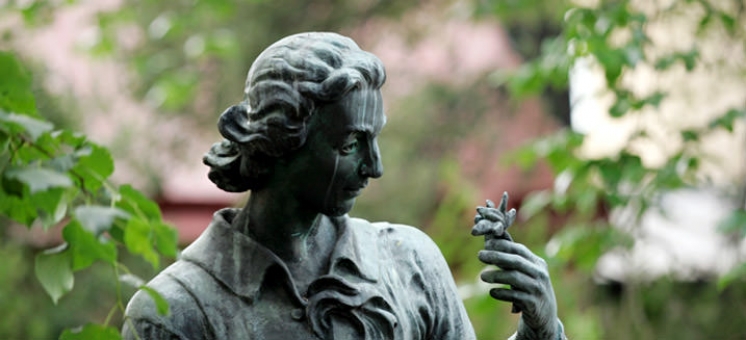
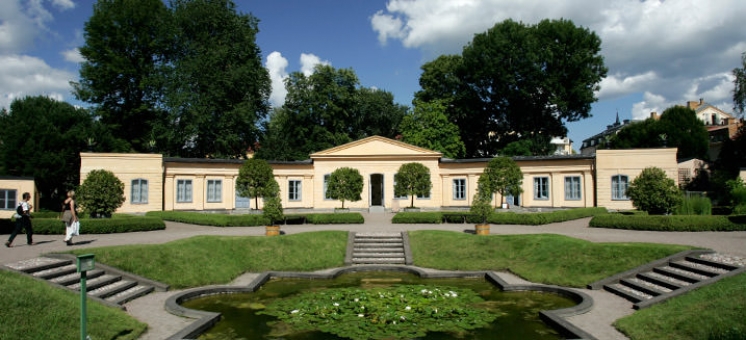
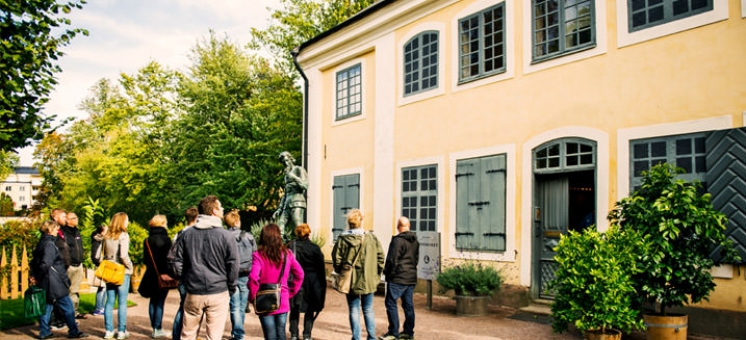
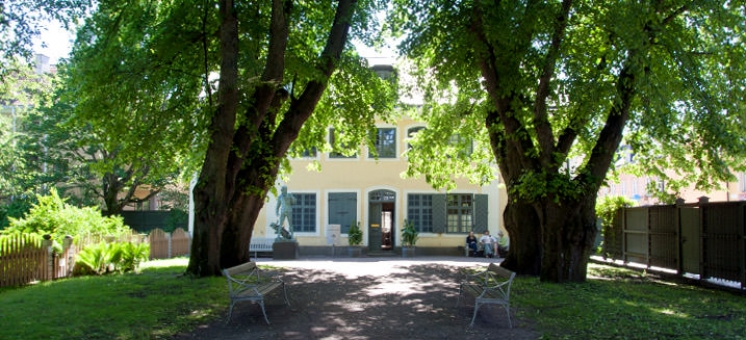
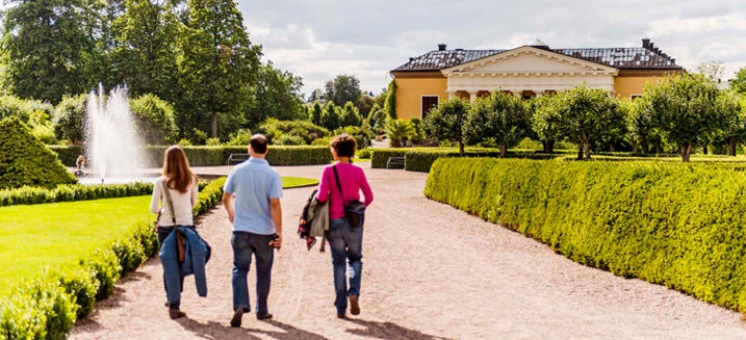
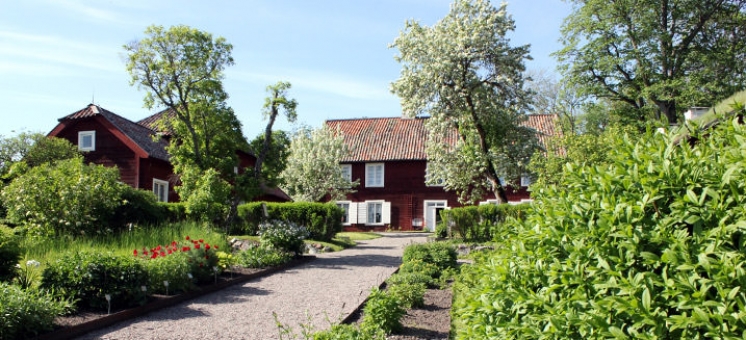
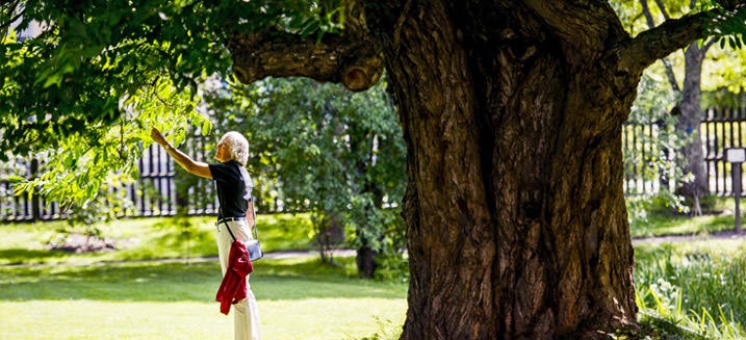
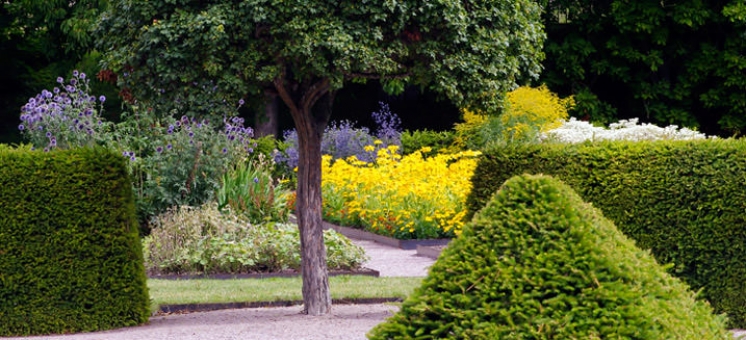
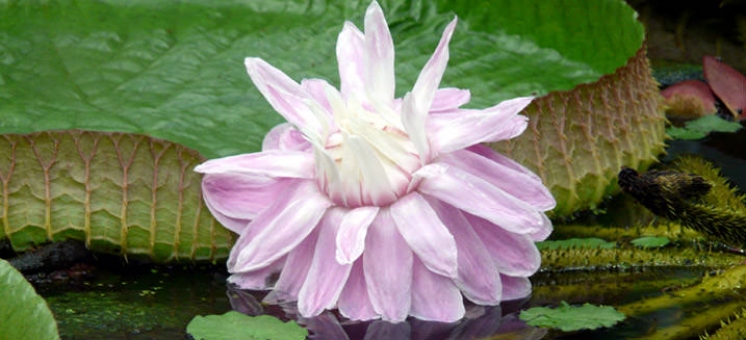
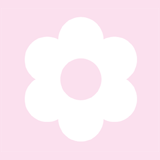 Rosehip, buttercup or Linnea? Make our floral tests based on knowledge from both Linnaeus botany and Jungian psychology. Go to the test.
Rosehip, buttercup or Linnea? Make our floral tests based on knowledge from both Linnaeus botany and Jungian psychology. Go to the test.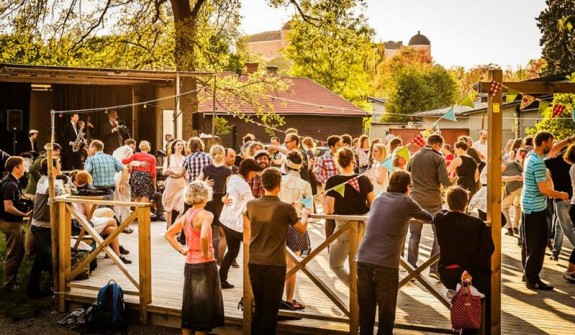
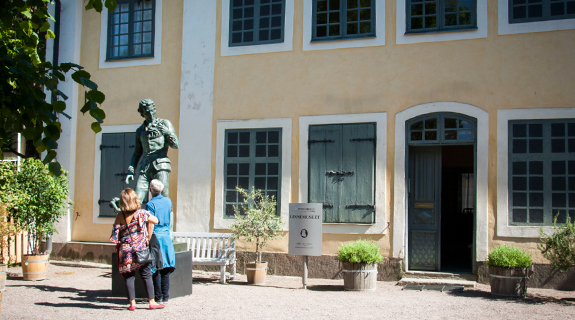 Step right into the 18th century and the home of Carl Linnaeus.
Step right into the 18th century and the home of Carl Linnaeus.